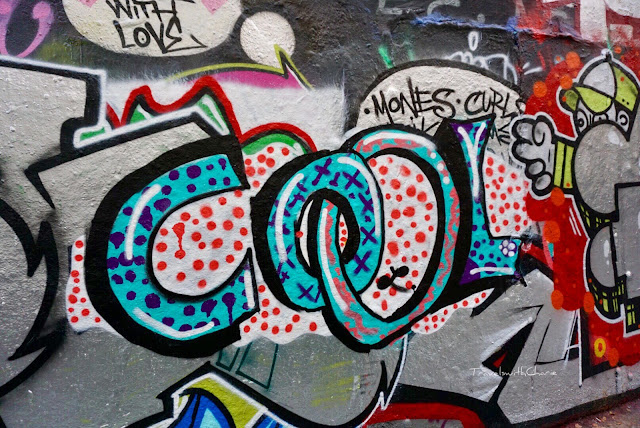Remember the song, I love Paris?
“I love Paris in the springtime
I love Paris in the fall
I love Paris in the winter when
it drizzles
I love Paris in the summer when
it sizzles
I love Paris every moment
Every moment of the year.”
 |
| Tour Eiffel from La Terrasse |
Found myself in Paris in early November
with someone who has never been to Paris. How wonderful it is to see Paris from
fresh eyes. I had so much to show her but since she only had 36 hours in town, it
was a short and sweet visit. She wanted to see the Tour Eiffel, first and
foremost, so we went up to La Terrasse at Galeries Lafayette Haussman for her first glimpse of the tower.
 |
| Galeries Lafayette Haussmann |
And lucky for us, the much awaited Christmas tree at Galeries Lafayette was up. This year the tree is right side up. Last year's tree was candy themed and was upside down. At the Lafayette Café on the sixth floor, a window seat affords views of the Tour Eiffel and the back of the Opera Garnier. This is a good spot for scanning the Parisian skyline while indulging on a piece of cake.
 |
| Parc de Belleville |
Guest gone, I took the metro to Belleville, a suburb of Paris that is getting a lot of press. Most of the articles about Belleville include the Parc de Belleville with its panoramic view of Paris, the street art scene and its selection of restaurants.
 |
| Rue Denoyez Street Art |
The park is on top of the hill and it's a bit of a climb. But it's worth the "exercise" to see Paris from this perspective. Fall foliage painted a pretty picture. Back downhill, the works of graffiti artists are the focus of some walking tours where the merits of street art are discussed as one would classical or modern art. The walls of Rue Denoyez are covered in graffiti and a good place to start the street art tour.
Famished after walking around Belleville, I found a tiny Vietnamese restaurant on Rue de Belleville which I had to pass up earlier because it was full of diners. I ordered their shrimp pho and was happily sated by the warm broth. Having lived in the Bay Area and been treated to Vietnamese cuisine often, I have high expectations. And Chu Yi didn't disappoint.
Belleville is the Chinatown of Paris. There are a number of Asian restaurants and ethnic grocery stores along Rue de Belleville. This is not a chic neighborhood so go with the flow. Take Metro 2 or 11 to Belleville.
 |
| Gustav Klimt Exhibition at the Atelier des Lumieres |
From street art to digital art, Paris never ceases to amaze. At the Atelier des Lumieres on Rue Saint Maur, I was lucky to get a ticket without waiting despite the number of people milling outside the venue. It was a weekday so it was easier to get in. The digital immersive installation is focused on the artworks of Gustav Klimt. It's mesmerizing to watch the number of images of Klimt's paintings blown up on the 26-meter high walls of the former 19th century foundry. The light show is accompanied by original sountrack.
 |
| Hundertwasser, In the Wake of the Vienna Secession |
There is also a short program called Hundertwasser, In the Wake of the Vienna Secession, which is a fascinating journey into the works of Viennese painter and architect, Friedensreich Hundertwasser. In the studio is Colours X Colours which I missed because there was a long queue to get in.
The Klimt exhibition has been extended to January 6, 2019. And both the Hundertwasser program and Colours X Colours also end on January 6th. For more information about the exhibitions, check this link: https://www.atelier-lumieres.com/en/home. The easiest way to get to Rue St. Maur is to take the metro line 9 to Saint Ambroise. The Church of Saint Ambroise at the metro stop is worth a visit.
 |
| Saint Ambroise |
I love Paris in the fall when the crowds have thinned down and there’s space to breathe. When skies are grey and showers are in the forecast, there are still many options for discovering the City of Light.
*****
Images by TravelswithCharie






